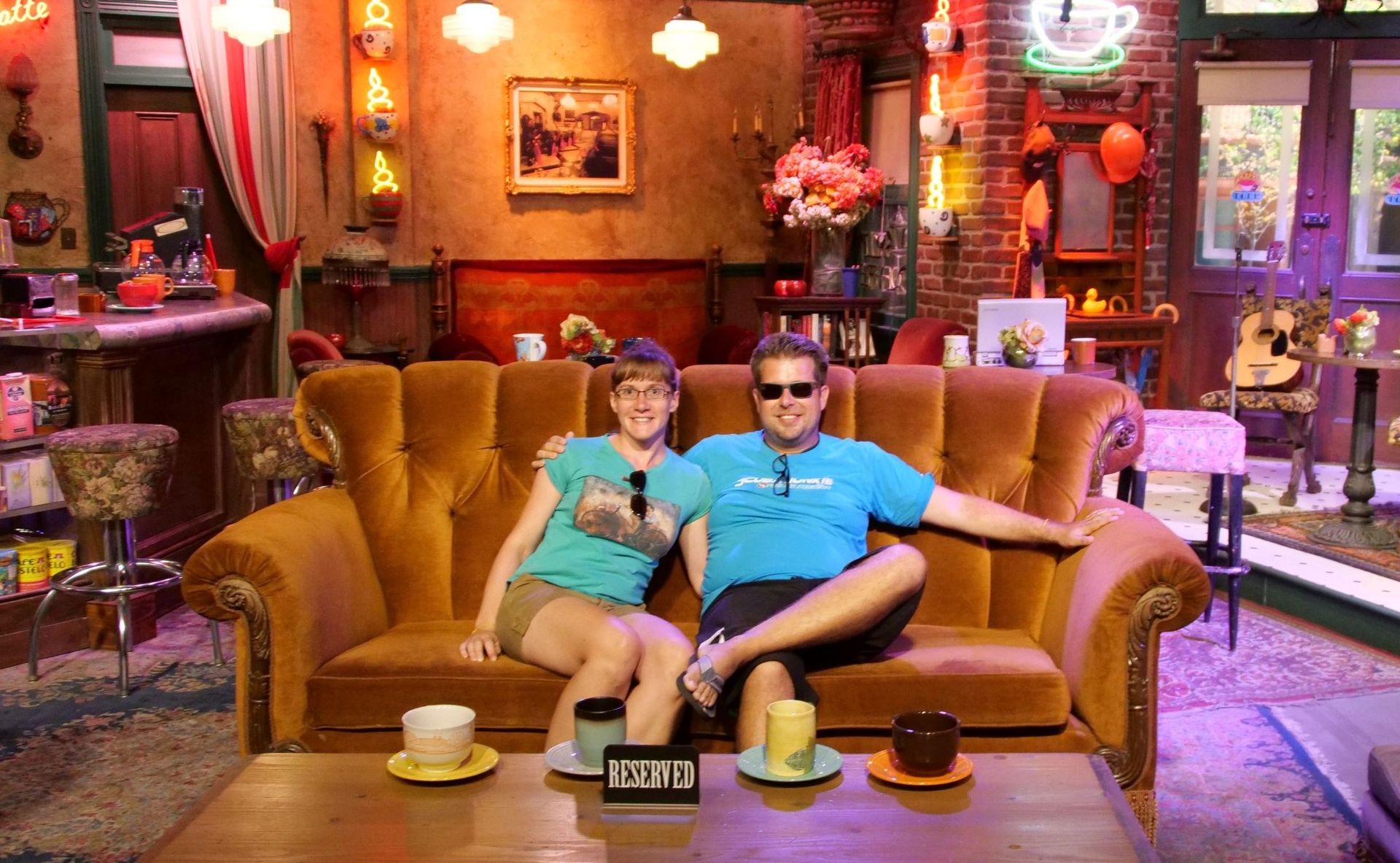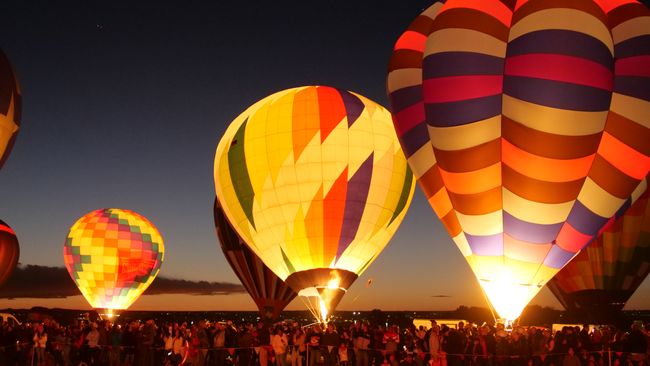21.11.2019 - New Orleans / USA
Publikováno: 30.11.2019
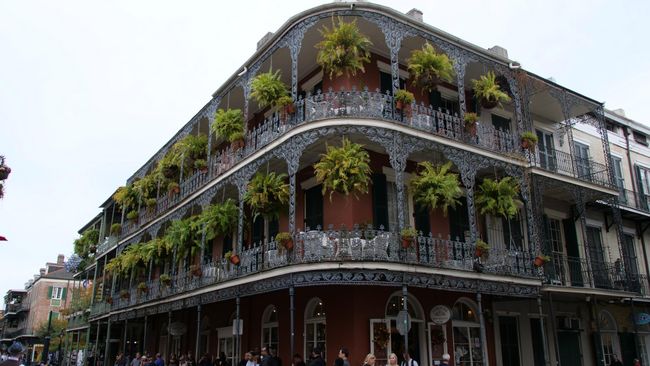
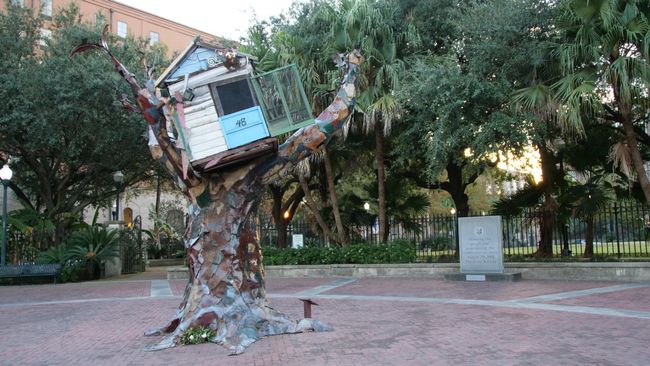
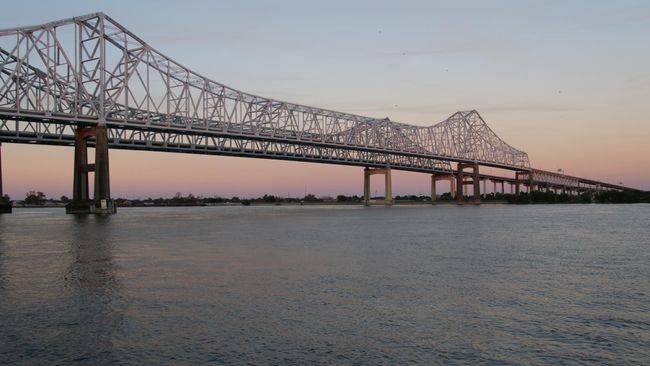
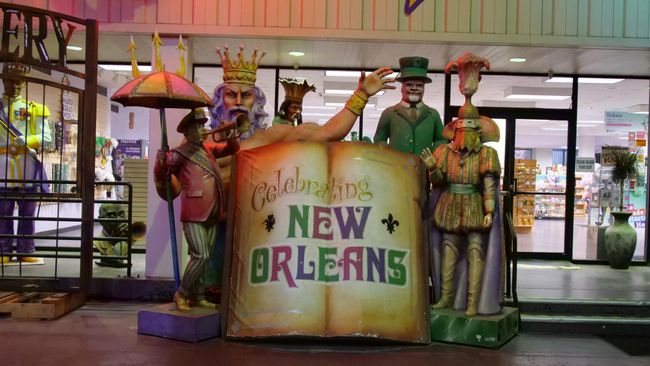
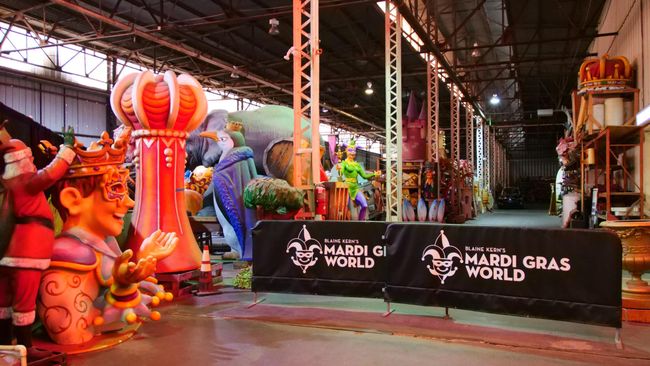
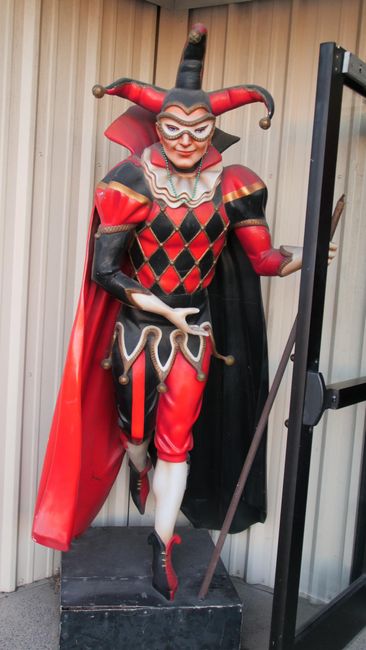
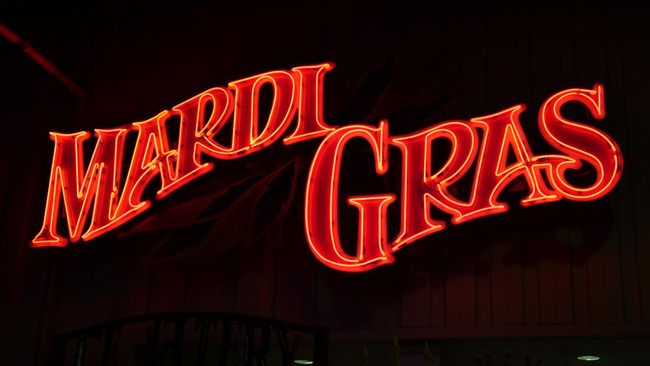
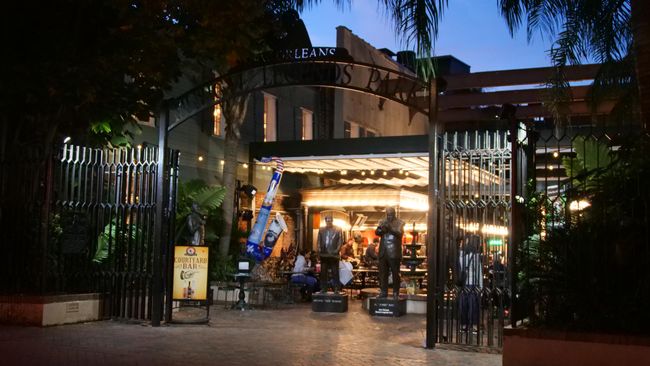
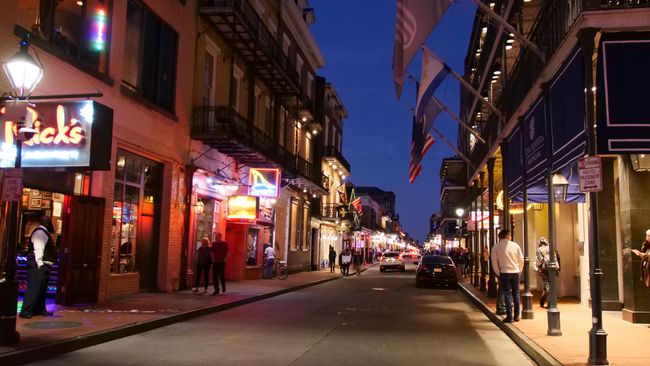
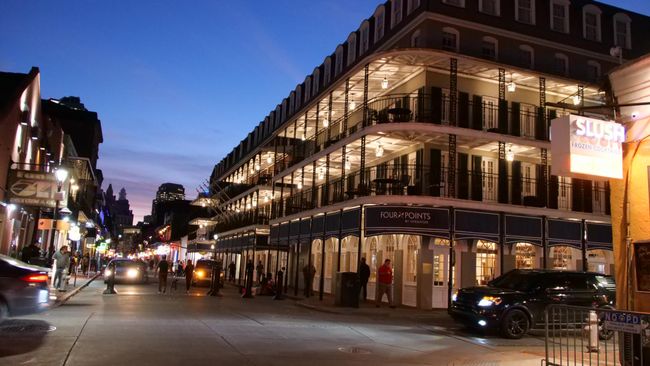
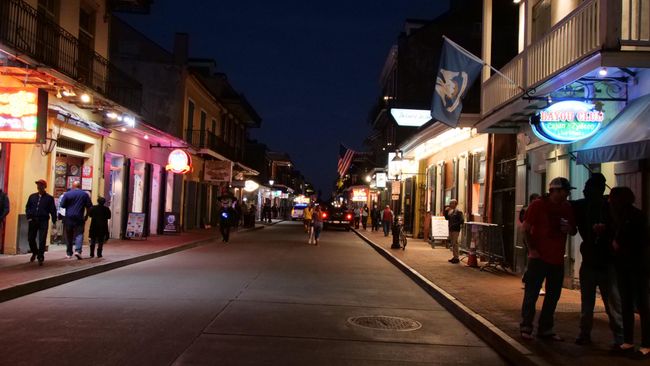
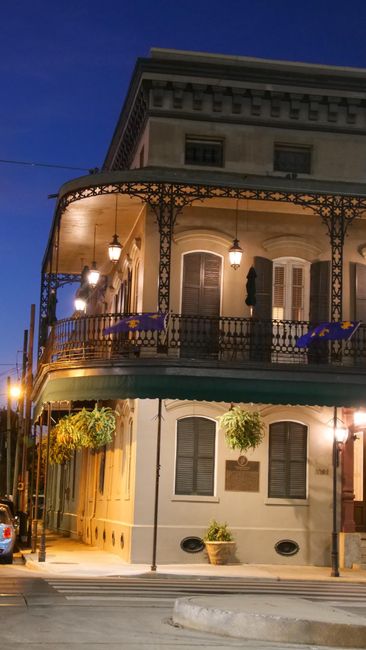
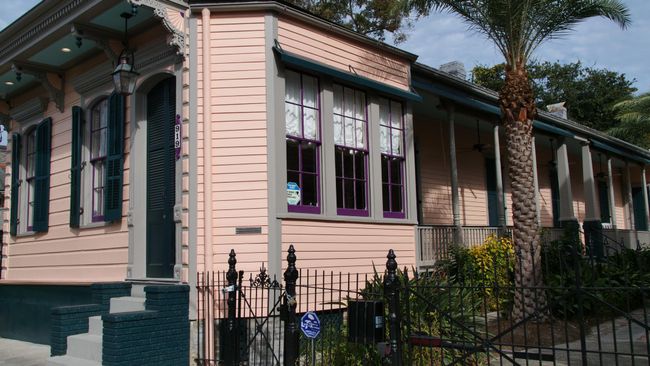
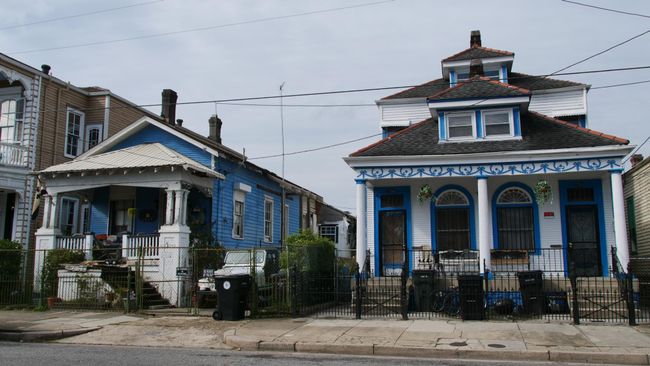
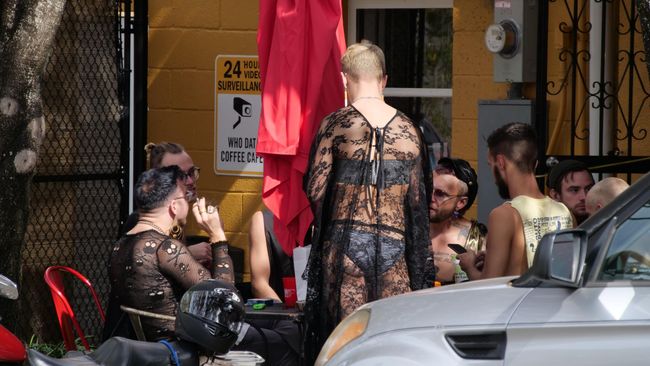
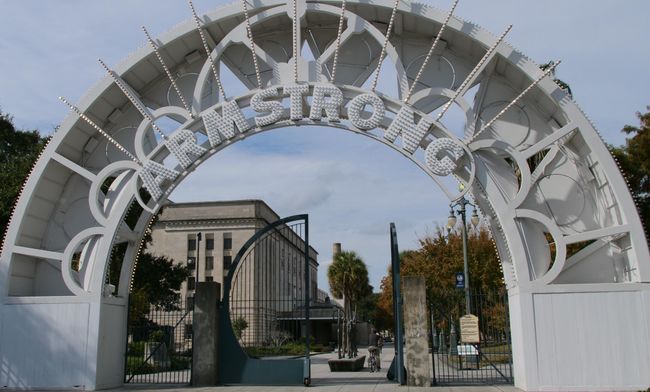
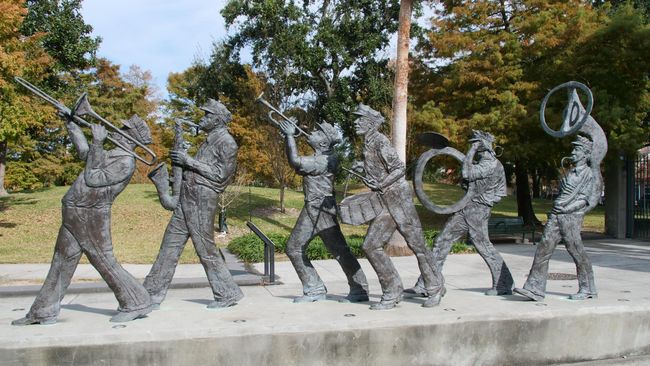
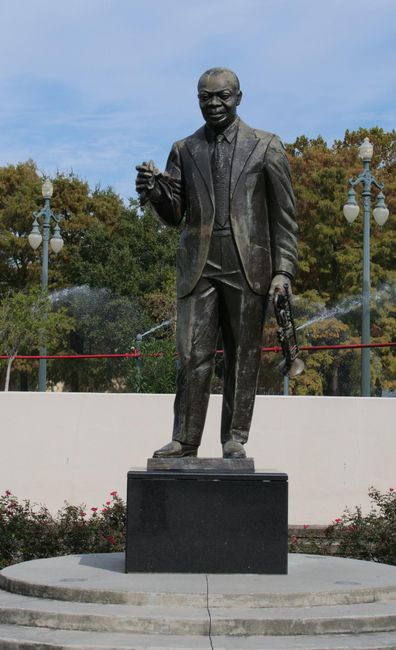
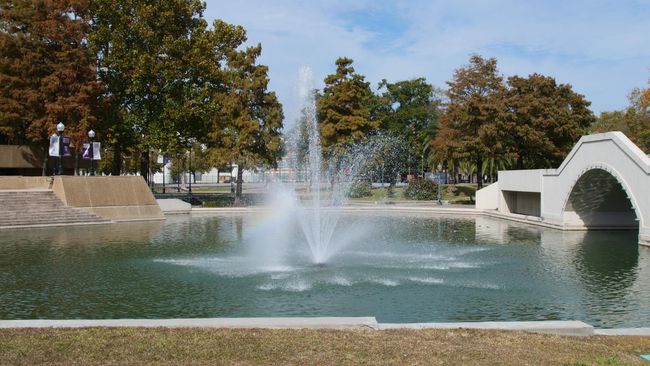
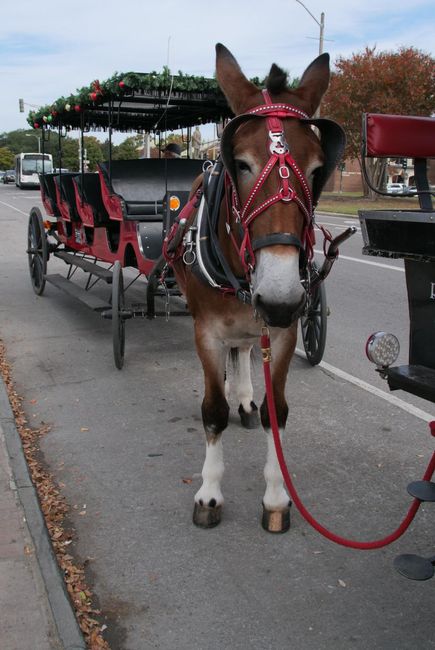
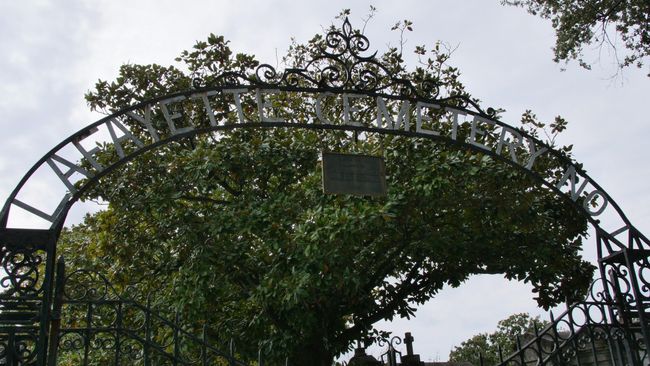
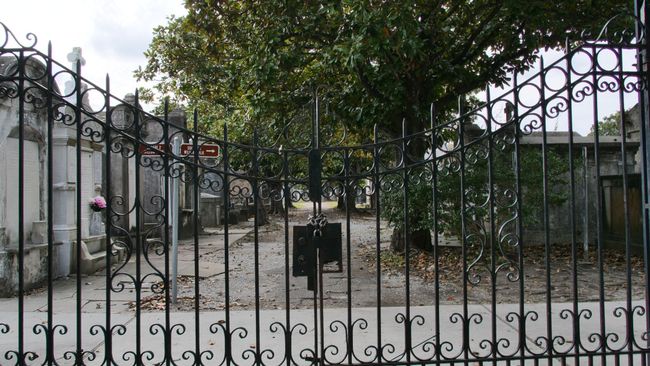
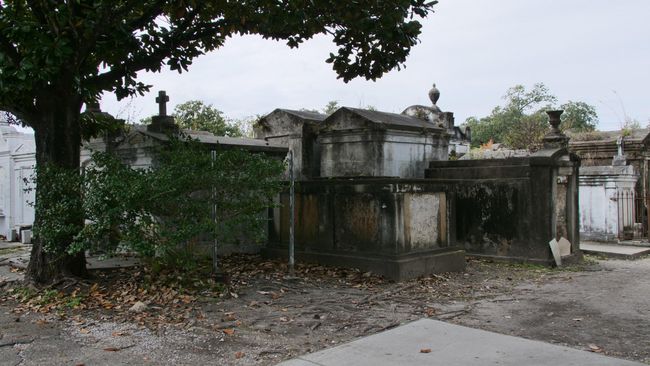
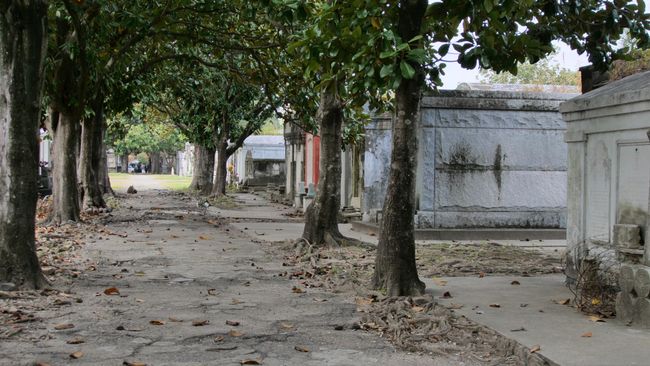
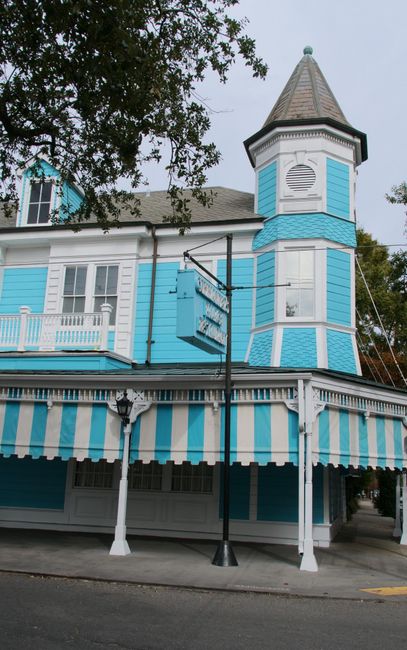
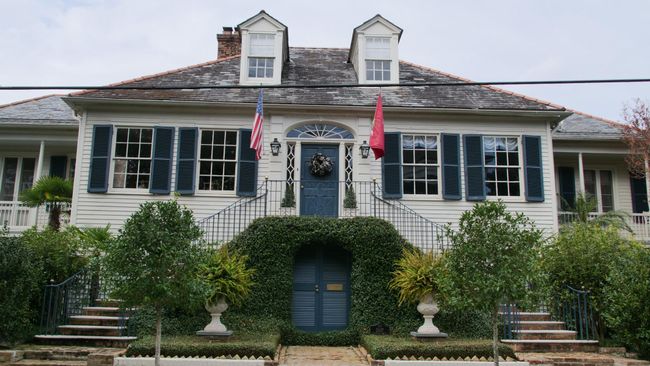
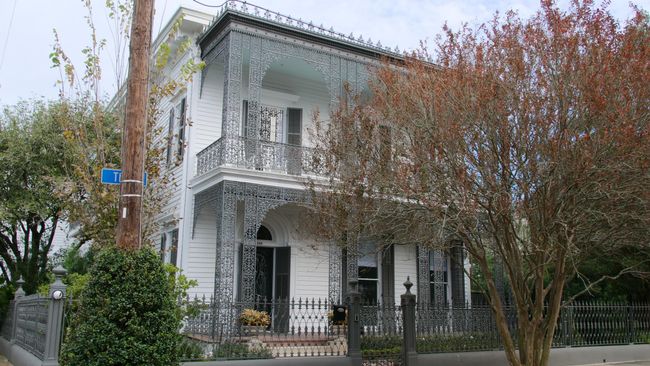
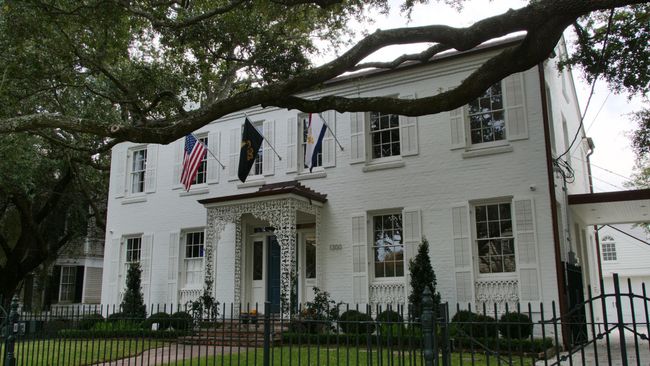
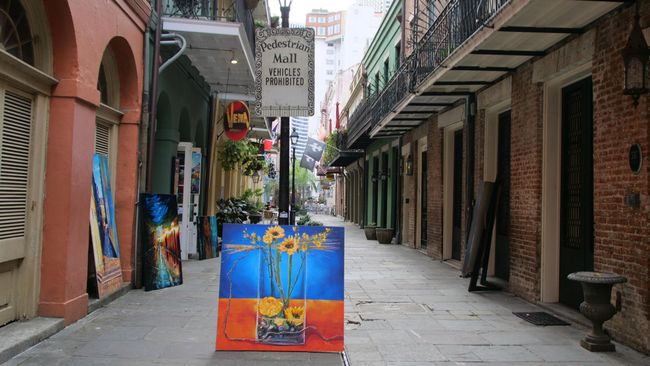
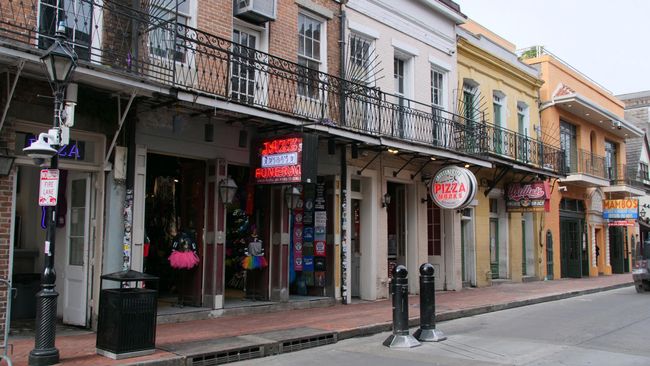
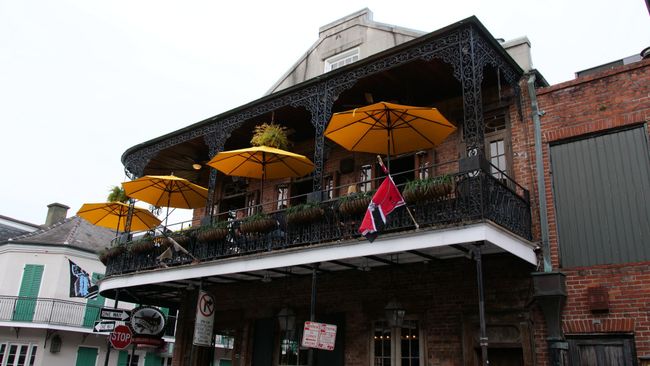
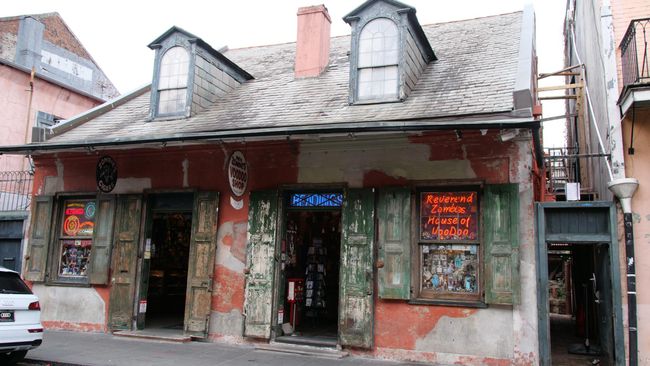
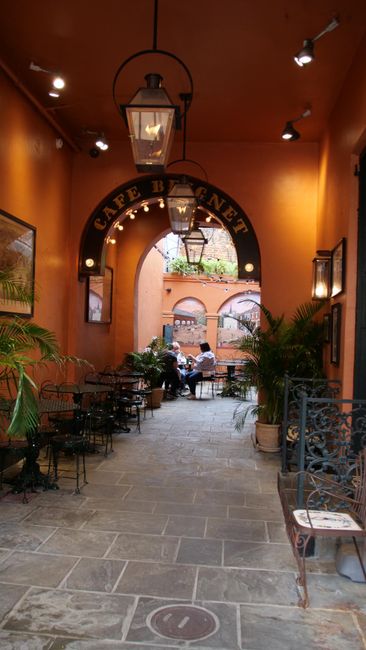
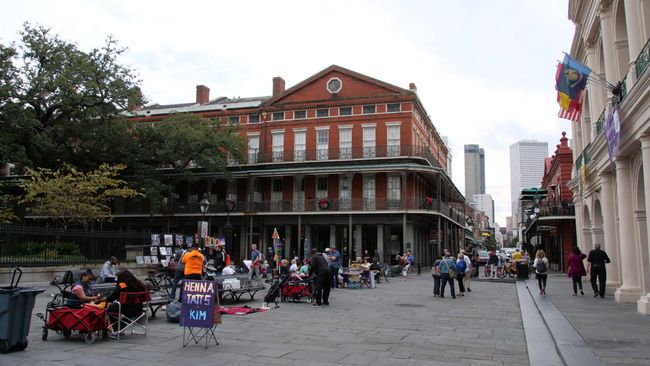
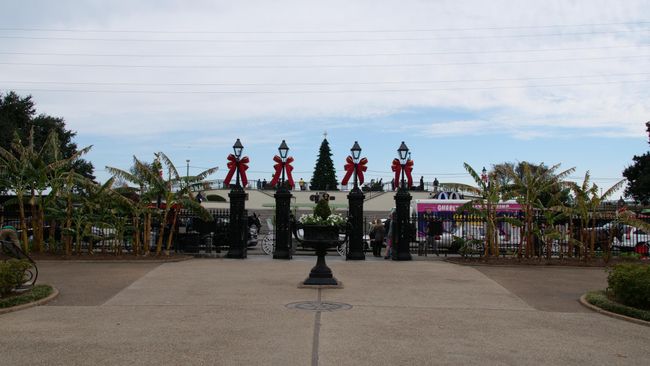
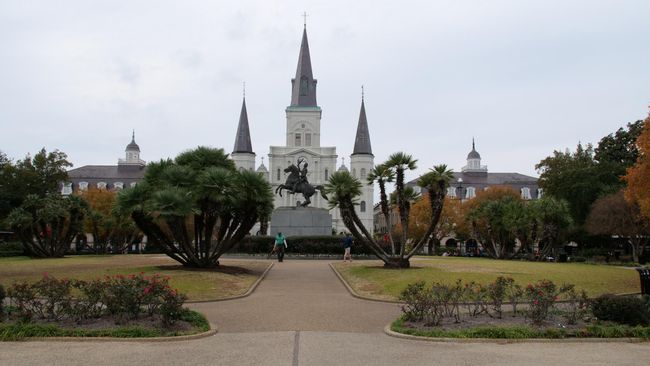
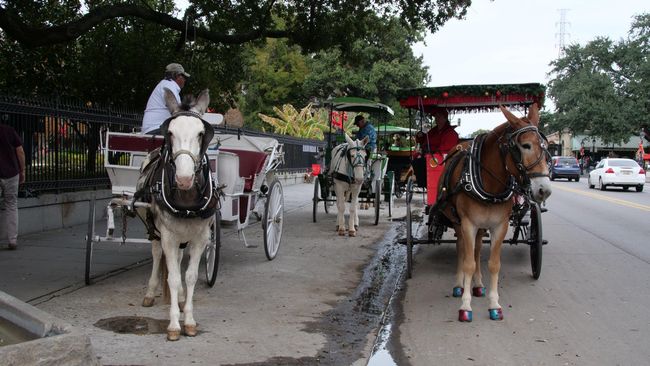
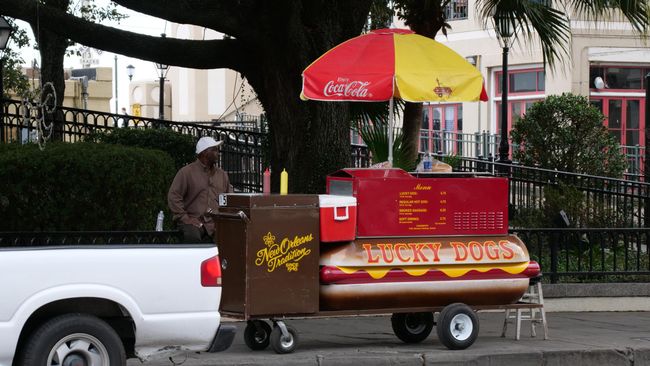
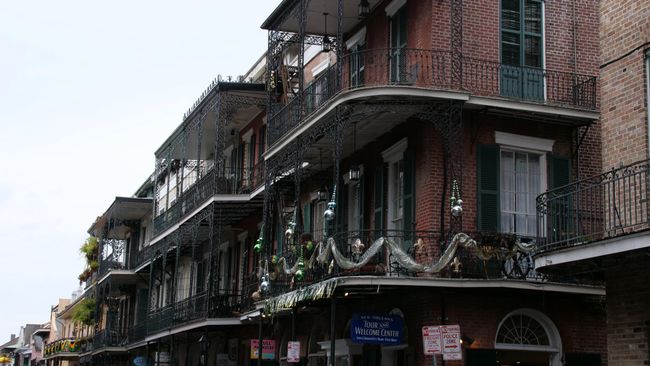
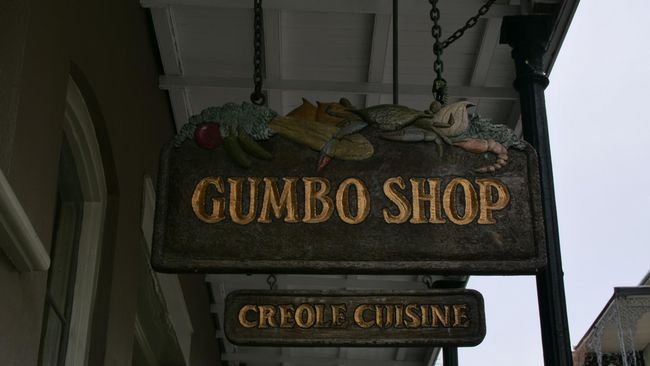
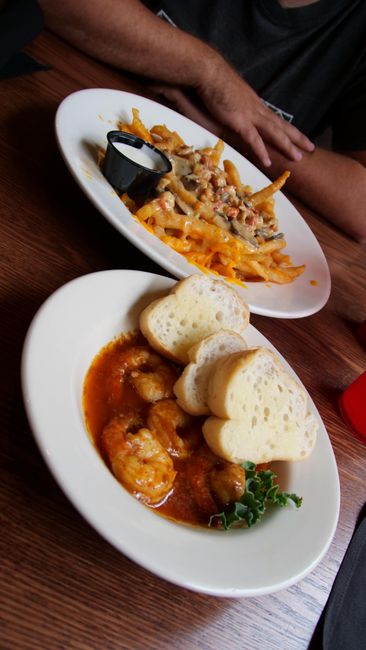
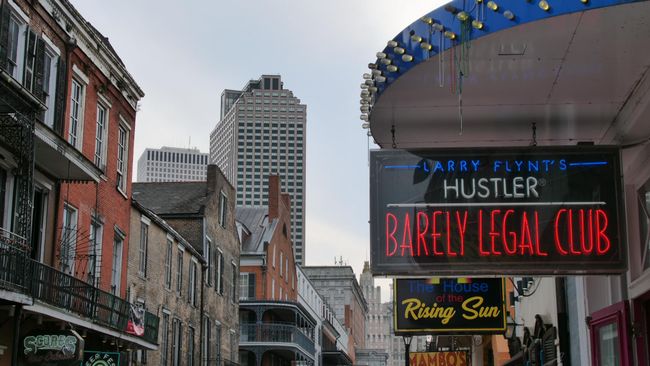
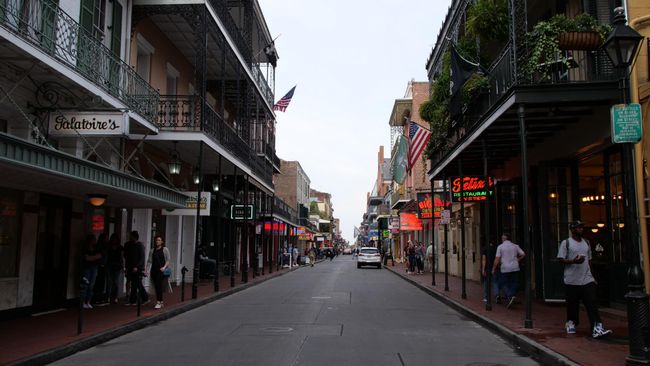
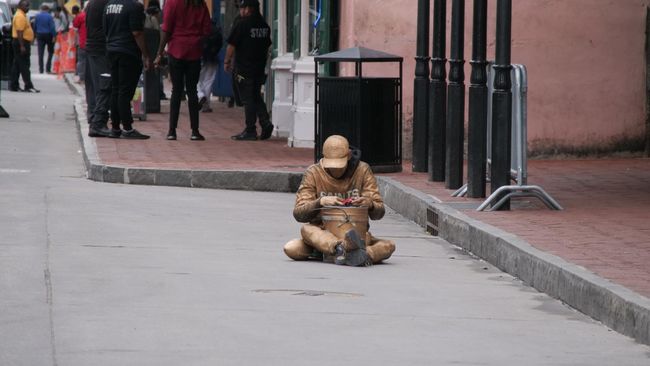
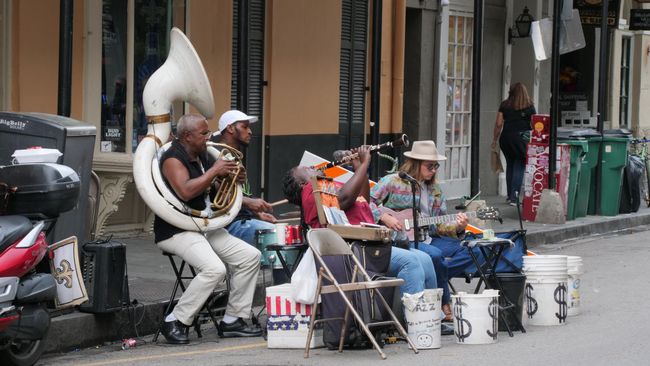
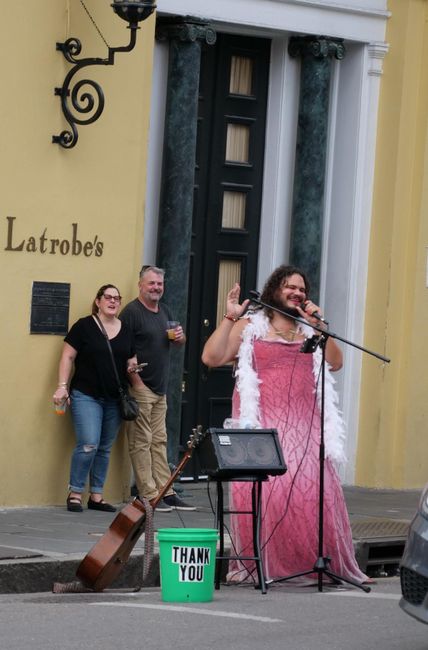
Odebírat novinky
New Orleans, the largest city in the state of Louisiana, is considered the birthplace of jazz. It is known for its vibrant nightlife, active music scene, and spicy cuisine influenced by French, African, and American cultures. But it wasn't just the cuisine that was particularly special, we discovered on the first evening. We were in a very busy restaurant and had one of the nicest waiters. He explained in great detail what was special about each dish. We decided on two main courses and a dessert. However, the waiter insisted that we try a certain appetizer and another dessert, and so he simply brought us the delicious dishes. He was so accommodating that he only charged us for the two main courses in the end. Maybe it was also because he was interested in men and constantly flirted with Ben. During the meal, we observed some crazy things. At the next table, a marriage proposal was being made, while four heavily armed plainclothes police officers walked in and joined the cozy dinner. At other tables, there were some oddly dressed, colorful birds. We saw some of them again the next day during our sightseeing. And because we lived so centrally, we decided to explore the city by bike this time. In 2005, the city was hit by the most devastating hurricane, Katrina. It devastated and changed the city significantly. We visited the memorial erected for it and then moved on to the Mardi Gras workshop. Here, they always work on making the huge carnival and Mardi Gras something special every year. From here, we also enjoyed a great view over the mighty Mississippi. New Orleans has different corners and neighborhoods to offer. We took a leisurely bike ride through the city park, which is dedicated to the city's most famous son, Louis Armstrong, before heading to Lafayette Cemetery No. 1. It may sound strange, but the city's cemeteries are something remarkable. The majority of the city is up to 1.6 meters below sea level. Due to the low lying position and the very moist soil, there are no conventional cemeteries for fear of diseases. Since 1830, the dead have been buried in mausoleums. These "Cities of the Dead" are now tourist attractions that can only be entered with a guide and an entrance fee. Since both of us had already visited the city and its cemeteries a few years ago, we only took some impressive pictures from the outside. We rode through the Garden District under the shade of oak trees, passing magnificent historic villas and lush gardens, and arrived at Jackson Square. Formerly a parade ground, it is now a meeting place for street musicians, artists, and jugglers. In the 19th century, the square was named after the 7th US president, Andrew Jackson, after the statue was erected. Of course, we also visited the most important district and the historic center, the French Quarter. The quarter dates back to the French and Spanish times and was designed by engineer Adrian de Pauger in 1721. Cafes, restaurants, shops of all kinds, street musicians, and houses with wrought-iron balconies characterize the streetscape. A truly beautiful district to stroll, eat, watch, and also to party until the early morning hours, especially in Bourbon Street with all its jazz clubs.
Odebírat novinky
Odpovědět (2)
Ute
So so der hat meinen Sohn angehimmelt😊Anja
Ute pass auf vielleicht kommt der Ben mit Anton zurück oder wie auch immer der Kellner hieß 😂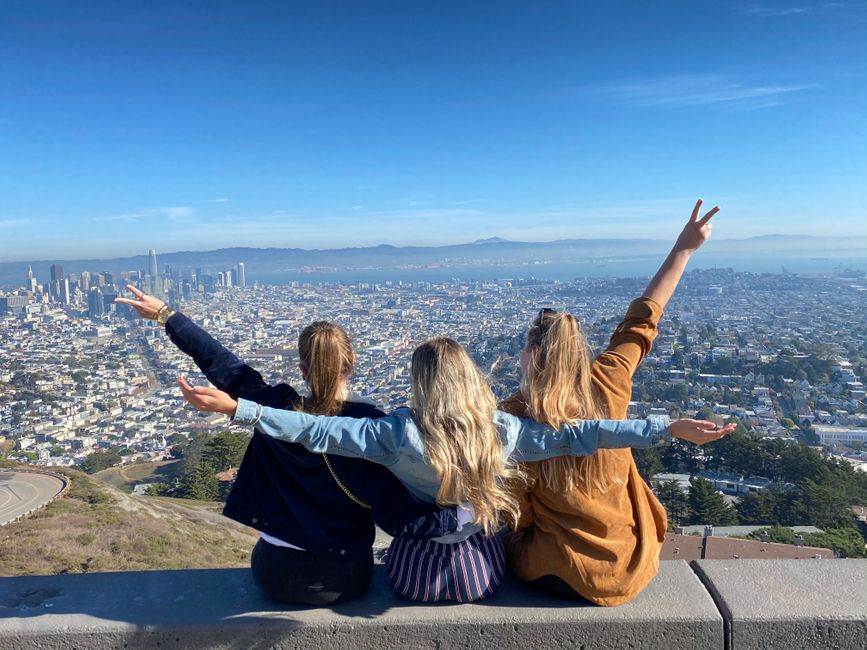
Cestovní přehledy USA
